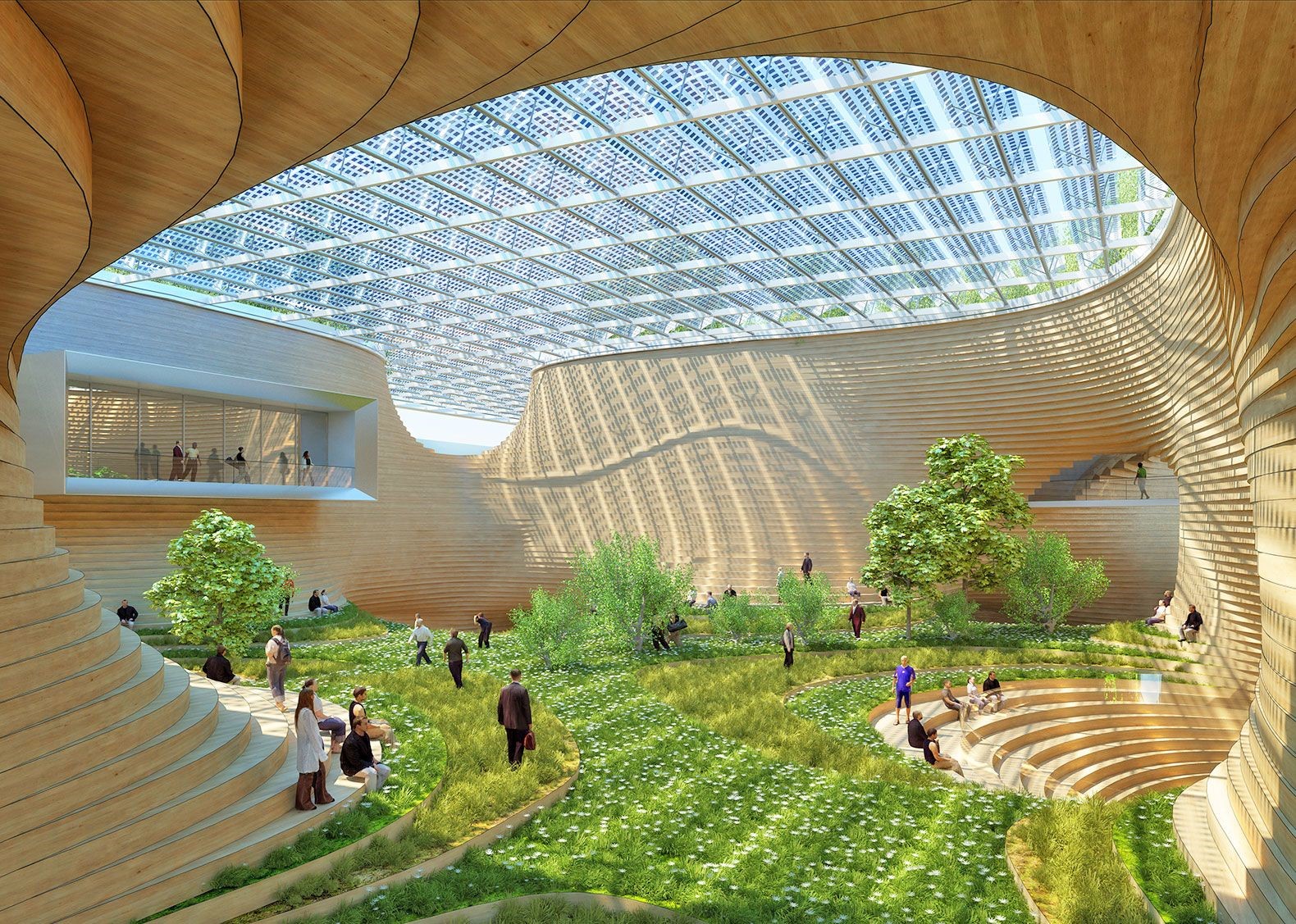How Does Architecture Create Sustainable Solutions For Housing Crises?

Architecture is an essential part of our living space. The design and construction of our buildings have a significant impact on our health and well-being, as well as the environment. Sustainable architecture is a key concept that can help to create buildings that are not just aesthetically pleasing, but also environmentally friendly and energy-efficient. Here are some of the basic principles of sustainable architecture:
1. Reduce, Reuse, and Recycle
This is the foundation of sustainable architecture. Reducing waste and reusing materials helps to minimize the environmental footprint of buildings. Recycling materials is also a great way to reduce the amount of waste that goes into landfills. By using recycled materials, we can also save on resources and reduce greenhouse gas emissions.
2. Energy Efficiency
Designing buildings that require less energy to function is a significant part of sustainable architecture. This can be achieved through good design practices that promote natural lighting and ventilation. Buildings that are energy-efficient also help to reduce greenhouse gas emissions and, in the long run, save on energy costs.
3. Use of Renewable Energy Sources
Renewable energy sources, such as solar, wind, and geothermal, are important features of sustainable architecture. These energy sources are abundant, clean, and readily available. Buildings that rely on renewable energy sources can also help to reduce reliance on non-renewable sources, such as coal and oil.
4. Use of Sustainable Materials
The use of sustainable materials, such as bamboo, recycled plastic, and straw, is another essential part of sustainable architecture. These materials are environmentally friendly, renewable, and biodegradable. Using sustainable materials also promotes eco-friendly manufacturing practices.
5. Water Conservation
Water is a precious resource, and sustainable architecture focuses on ways to conserve it. This can be achieved through practices such as collecting rainwater, using low-flow faucets and showerheads, and designing water-efficient landscapes that require less water to maintain.
6. Design for Adaptability
Designing buildings that can adapt to changing needs is another important feature of sustainable architecture. By creating flexible spaces that can be adapted to different uses, we can reduce the need for demolition and new construction. This also helps to extend the lifespan of buildings and reduces waste.
7. Healthy Indoor Environment
The indoor environment is an essential component of sustainable architecture. By creating healthy indoor environments, we can improve the health and well-being of building occupants. Good ventilation, natural lighting, and the use of non-toxic materials are essential features of a healthy indoor environment.
8. Life-Cycle Assessment
Assessing the environmental impact of a building over its lifespan is an important aspect of sustainable architecture. This involves analyzing the building's materials, construction, and operation to determine its environmental footprint. Life-cycle assessment helps to identify areas that need improvement and guides future sustainability efforts.
FAQ
Why is sustainable architecture important?
Sustainable architecture is essential to reduce the environmental impact of buildings. Buildings are responsible for a significant portion of global greenhouse gas emissions and consume a significant amount of resources. By designing and constructing buildings that are environmentally friendly and energy-efficient, we can reduce their impact on the environment and promote a more sustainable future.
What are the benefits of sustainable architecture?
Sustainable architecture has several benefits. It helps to reduce greenhouse gas emissions, promotes energy efficiency, reduces waste and pollution, and creates healthier indoor environments. Sustainable architecture also promotes the use of renewable resources and encourages eco-friendly manufacturing practices.
How can I incorporate sustainable architecture into my building design?
There are several ways to incorporate sustainable architecture into your building design. Ideas include using sustainable materials, designing for adaptability, incorporating renewable energy sources, conserving water, and promoting a healthy indoor environment. You can also conduct a life-cycle assessment to determine the environmental impact of your building design and make improvements accordingly.
What can I do to support sustainable architecture?
There are several things you can do to support sustainable architecture. You can incorporate sustainable practices into your own building design, promote sustainable architecture in your community, and support businesses that prioritize sustainability. You can also advocate for policies that promote sustainable architecture and encourage others to adopt sustainable practices.
By following these basic principles of sustainable architecture, we can create buildings that are not only sustainable but also beautiful and functional. Sustainable architecture promotes a more eco-friendly future and reduces the impact of buildings on the environment. Incorporating sustainable practices into our building design is an important step toward a sustainable future.




Post a Comment for "How Does Architecture Create Sustainable Solutions For Housing Crises?"